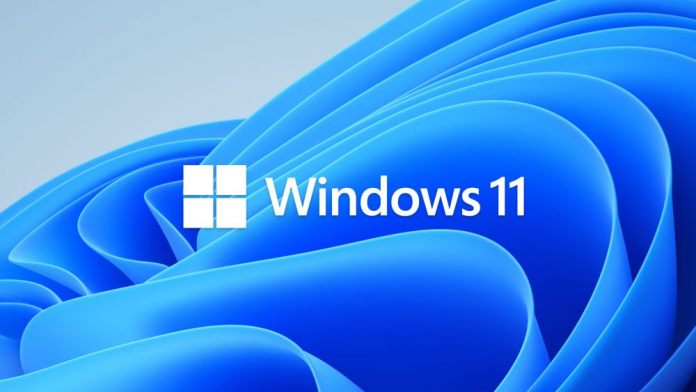Windows Insiders will start to get their hands on Windows 11 soon. In a pre-launch message, Frank Shaw, CVP, Communications seemed overly paranoid about the introduction. He said the leak from a week ago was not the final version and should be ignored. He also urged users to not review Windows 11 until the full launch. As for changes, at first glance the main differences seem to be focused on design. In fact, it is hard to look past this as simple a reskinned Windows 10. Panos “super excited” and “inspired” Panay unveiled Windows 11 with the centered Start menu and taskbar we have seen on Windows 10X and on the leaked ISO build. Another addition we knew was coming is Widgets, which once again see Microsoft aim to make the desktop a hub for users. Elsewhere, Quick Actions and Notifications have a new UI.
Considering many PCs are 2-in-1s these days, Microsoft also has some changes for tablet users. Windows now performs better on touchscreen devices. This is another remnant from the cancellation of Windows 10X. Among the changes include UI tweaks to make Tablet Mode more usable. For example, boxes for resizing boxes are easier while gestures for minimizing and maximizing windows are now available.
Coming Soon
Microsoft is rolling out Windows 11 to Insiders in preview next week, with a wide general release this fall. Importantly, all Windows 10 users can upgrade to the new platform for free, provided they have the following system requirements:
A modern 64-bit processor. Windows 11 is only a 64-bit platform, with no 32-bit version. 1Ghz clock speed 2 cores 64GB drive 4GB RAM UEFI, Secure Book capable & TPM 2.0 9-inch display with 1366×768 resolution DirectX 12 compatible graphics / WDDM 2.x
Tip of the day: Though many VPN providers have their own apps, you can in many cases connect to a VPN in Windows 10 without any third-party software. This is ideal if you have a self-hosted VPN or if you’re using a PC with restricted permissions. In our tutorial, we’re showing you how to connect to a VPN in Windows 10.





